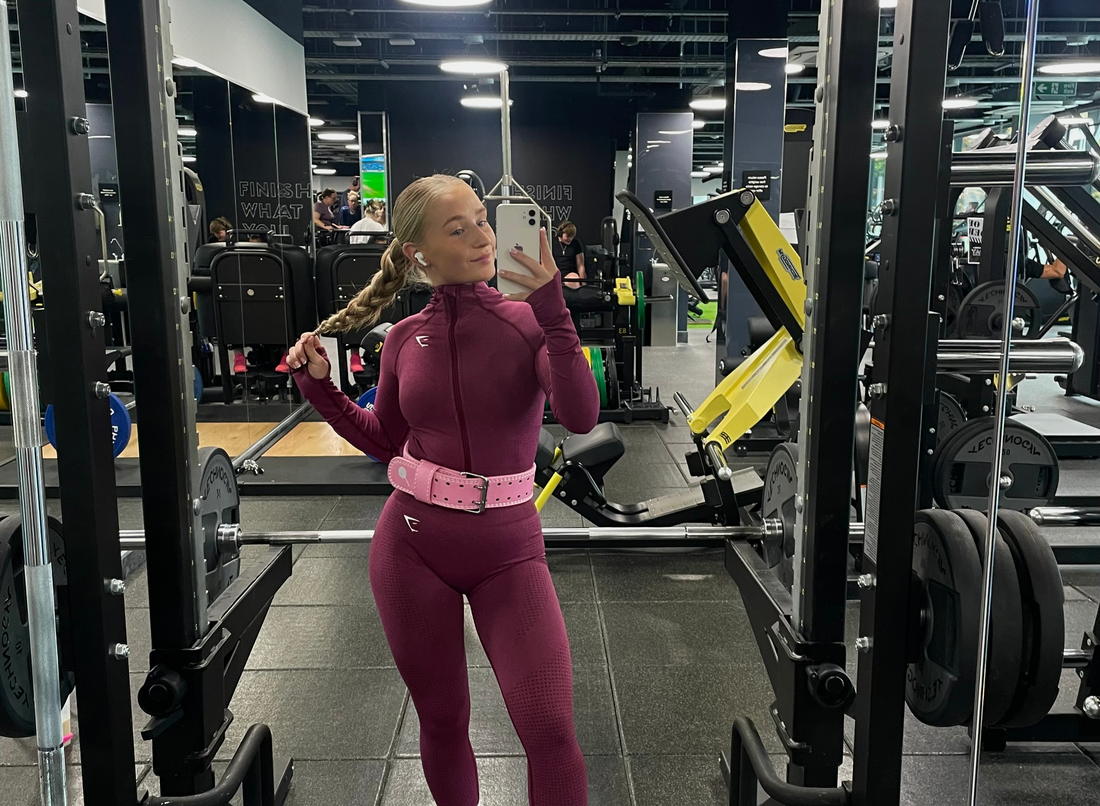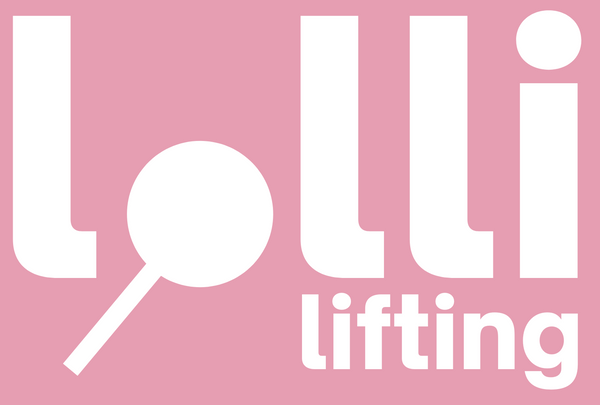
How to Structure Your Gym Programme
Share
If you care about making progress in the gym, your programme should be the first thing you get right. It really is the foundation of your gains. Yet so many of us stick to the same basic routine we found in an Instagram reel three years ago! This blog will help you either build a programme from scratch or analyse your current one to see if you could be making better progress. Plus, we’ve included some sample programmes at the end that you can follow.
Key Factors for an Effective Programme
To create a great programme, you need to consider: goals, volume, frequency, timing, rep ranges, exercise selection, and exercise order. Let’s break them down.
Goals
Before designing a programme, you need to decide on your goals. Programmes vary drastically depending on the outcome you want. The first question to ask: What muscles do I want to grow?
Your boyfriend’s programme for increasing his bench press 1-rep max probably isn’t the best for building your glutes! If you’re focused on growing a particular muscle group, your programme should include more sessions and more sets for that muscle. This leads us on to our next consideration…
Volume
Volume refers to the total number of sets you do for a muscle each week. For example, if I do 3 sets of hip thrusts on Monday and 3 more sets on Thursday, my weekly glute volume is 6 sets.
You want to be aiming for 10 or more sets per week for muscles that you are focusing on growing. However, this number varies significantly between individuals and also between individual muscles. For example, 6 sets per week of hamstrings might be enough for one person to see significant hamstring growth. But then their quadriceps might need 12 sets for similar growth. So even though 10 sets is a great number to aim for, feel free to experiment and see what volume is best for you and for your different muscles.
You can add volume to a programme in a few ways:
- Add more exercises for the muscle – Instead of just doing hip thrusts to train your glutes, add walking lunges.
- Add sets to existing exercises – If you currently do 3 sets of hip thrusts, try adding a set. However, I would recommend doing no more than 5 sets per exercise.
- Higher frequency – If you train glutes only on Mondays, add another session later in the week.
⚠️ Limit per session: Avoid doing more than 10 sets for a muscle in one workout—past this point, extra sets may just be a waste of time and energy.
Frequency
Frequency refers to how often you train a muscle per week. If you train glutes once a week, your glute frequency is 1. Research suggests muscles should be trained at least twice per week for the best growth.
Some smaller muscles (shoulders, calves, biceps) recover quickly and may benefit from even higher frequencies (3-4 sessions per week).
You may have noticed that frequency and volume are linked. The more often you train a muscle, the more volume you can allocate to it.
Timing
This refers to when you train certain muscles in your weekly plan. Ideally, you should space out sessions for the same muscle group to allow for full recovery.
For example:
- If you train quads on Tuesday, don’t train them again on Wednesday—wait until at least Thursday or Friday.
- But, as we talked about, smaller muscles can recover more quickly, which may allow you to train them on consecutive days.
Rep Ranges
For muscle growth, anywhere from 6 to 30 reps works, as long as you’re pushing close to failure. It is wise to mix up rep ranges for the same muscle over the course of the week. Training a muscle in different rep ranges may cause different muscle fibres to grow, meaning that you get your best growth from using a mix of rep ranges.
An example for glute training over the course of a week would be:
- Hip thrusts: 6-10 reps
- Split squats: 10-20 reps
- Lunges: 20-30 reps
You absolutely do not have to hit every different rep range for a muscle, but too many people are scared of even venturing out of the 8-10 range. So don’t be scared, feel free to mix it up and see what is best. Notably, some exercises lend themselves to different rep ranges. Personally, squats feel best in the 8-12 range, whereas dumbbell lateral raises feel best in the 10-20 range.
Exercise Selection
What exercises you pick matters. First, it is important to understand what muscles different exercises actually work. Contrary to popular belief, squats are much more of a quad exercise than they are a glute exercise.
The best exercises to pick depend largely on how much you enjoy them and how much you feel them in the target muscle. ‘Feel’ means how much of a pump they give you and how sore they make you after the session.
What exercises are best for you will change over time. Exercises become stale. So if you have been hip thrusting for two years straight, it might be time to switch it out. Don’t worry, after a few months of hip thrusting, you can add them back to your programme and they will feel as good as they did when you started the gym.
You can tell that an exercise has become stale when:
- You are no longer able to increase weight or reps over the course of a few weeks.
- You no longer feel a pump in the target muscle.
- You no longer get sore afterwards.
Exercise Order
There are two main factors to consider in determining the best exercise order:
- Prioritise the muscles you care most about growing. The more you care about growing a muscle, the earlier you should train it in the session. If you really, really want bigger calves but you train them at the very end of your leg workout, then they probably won’t grow as much as you want them to. This is because by the time you get to calves after a very tough leg day, you are tired, and your calf training is not as high-quality as it would have been if you trained them at the start of the workout.
- Consider how much effort a particular exercise requires. More demanding compound exercises like squats and Romanian deadlifts should be placed earlier in the session. Heavier exercises should also be placed earlier. This is because you have the most energy at the start of the workout, and a lot of energy, both physical and mental, is required to perform these lifts. Without the energy required to perform the exercise, the reps and sets will likely be lower in quality. Just imagine trying to do 3 sets of 8 reps on the squat at the end of your leg day! Now consider how much easier it is to do 3 sets of 15 reps on the leg extension at the end of the same workout.
Example Programmes
You can also view the programmes here.
Duration
A good rule of thumb is to stick with a programme for at least 4 weeks. Any less than that, and you’re not really giving your body a fair chance to adapt and make real progress. Too many people bounce from plan to plan, thinking they need to “shock” their muscles—but consistency is where the magic actually happens. There’s no strict upper limit, either. You can run the same programme for months if it’s still working for you. The key is to swap exercises out once they start feeling stale—like we discussed before.
Summary
Designing the perfect programme can get quite complicated. Follow these simple rules, and you’ll be on track for great progress:
✅ 1 to 3 exercises per muscle per session
✅ No more than 10 sets per muscle per session
✅ Train the muscles you care about growing at least twice a week
✅ No exercises are ‘must-do’—swap them out if they get stale
✅ Try different rep ranges (6-30) and see what works best
✅ Stick to the programme for at least 4 weeks
Go and get those gains! 💪
